Galvanized steel pipes are steel pipes that have undergone a specialized coating process to prevent corrosion and increase their longevity. These pipes are typically made from carbon steel and are coated with a layer of zinc, forming a protective barrier between the steel and the surrounding environment. The zinc coating not only provides exceptional resistance against rust and corrosion but also enhances the overall strength of the pipe. They are also known as galvanizing pipes or pipes galvanized.
Manufacturing Process
Cleaning: The steel pipes are thoroughly cleaned to remove any impurities or residues, ensuring proper adhesion of the zinc coating.
Pickling: The pipes are then immersed in an acidic solution to remove any mill scale or oxides present on the surface. This step further prepares the steel for the galvanizing process.
Galvanizing: The cleaned and pickled pipes are submerged in a bath of molten zinc. Through a metallurgical reaction known as hot-dip galvanizing, the zinc forms a tightly boned coating on the steel surface.
Cooling and Inspection: After galvanization, the pipes are cooled and inspected for quality control. This step ensures that the zinc coating is uniform and free from any defects.
Do seamless steel pipes need galvanizing?
1. The answer is yes. Galvanizing is to coat the surface of the steel pipe with a layer of zinc, so that the steel pipe is protected by the zinc layer and is not easy to rust. Seamless steel pipes are also a type of steel pipe, and they can be galvanized. Moreover, galvanized seamless steel pipes have better performance than ordinary steel pipes.
2. Seamless steel pipes are not necessarily galvanized. The materials can be divided into carbon steel, stainless steel, and alloy steel. Generally, if the material is not specified, it is considered to be carbon steel. It is also possible to galvanize the pipe.
3. Galvanized steel pipes are steel pipes with galvanized surface. Galvanized pipes can be galvanized with seamless steel pipes or welded steel pipes. Whether it is a seamless steel pipe or a welded steel pipe, the surface is galvanized. It is called a galvanized steel pipe.
4. Galvanized steel pipes are also very durable, and their service life is much longer than that of seamless steel pipes. If the quality is excellent, it should not be a problem to use it for more than 20 years. Of course, welding and painting should also be done well, so as not to affect the service life of the galvanized steel pipe.
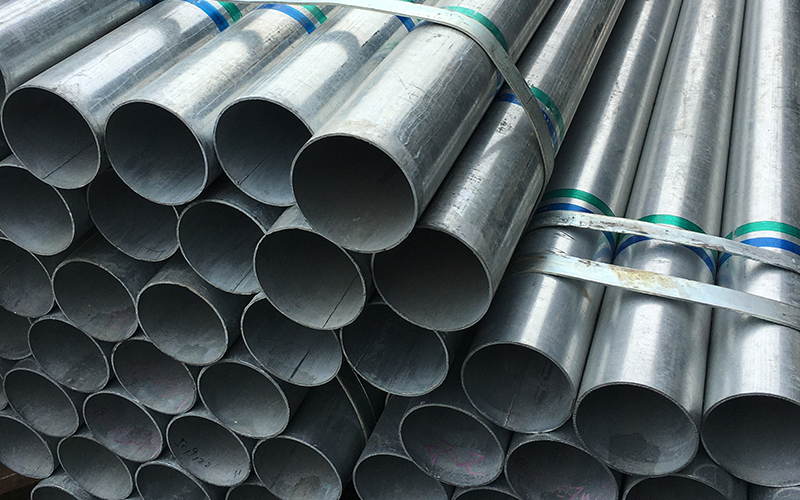






 English
English Español
Español بالعربية
بالعربية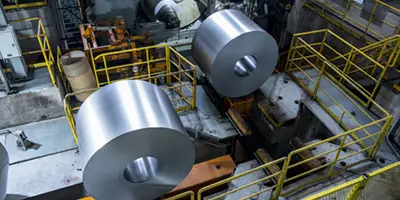

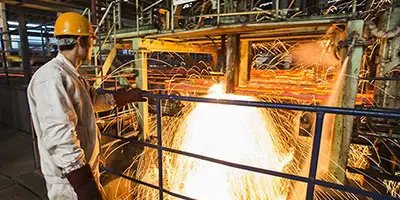
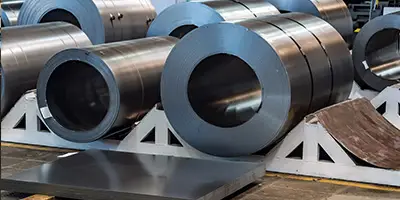

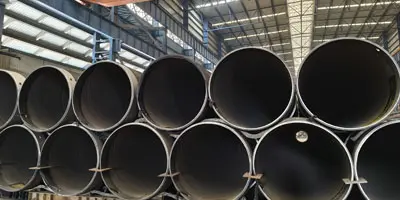
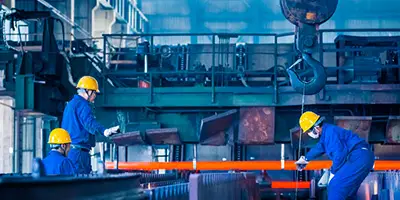
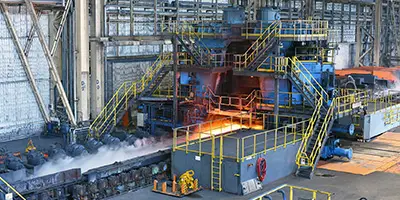
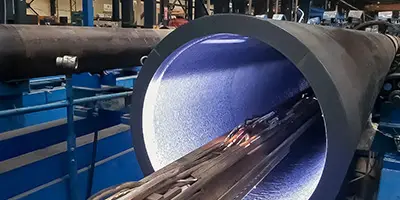
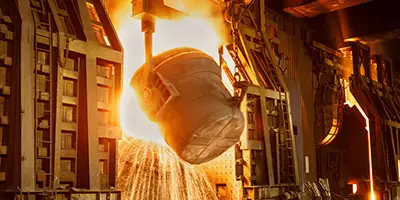
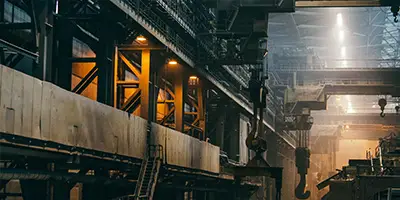
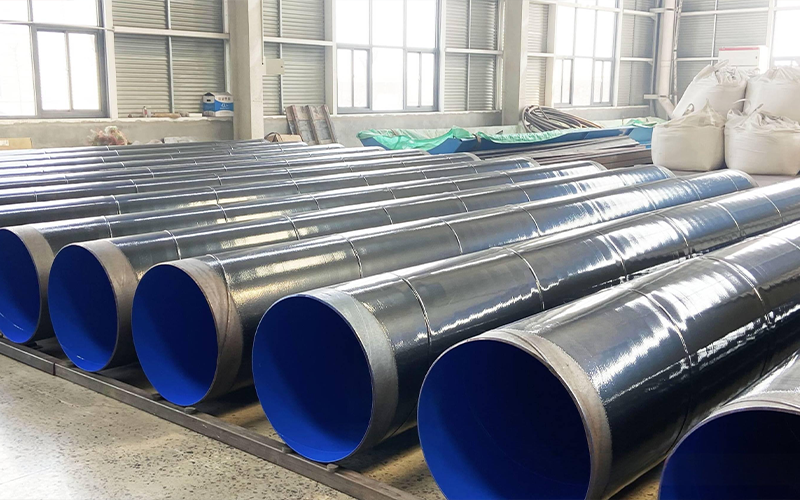



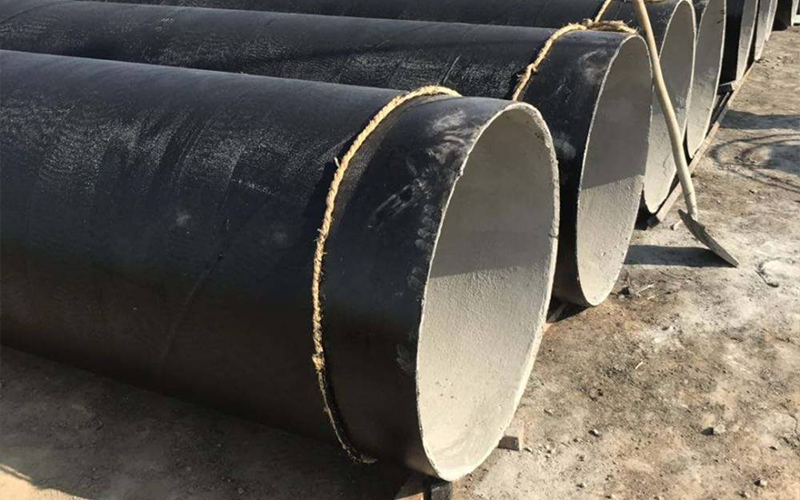
 Phone :
Phone :  Whatsapp :
Whatsapp :  Email :
Email : 


